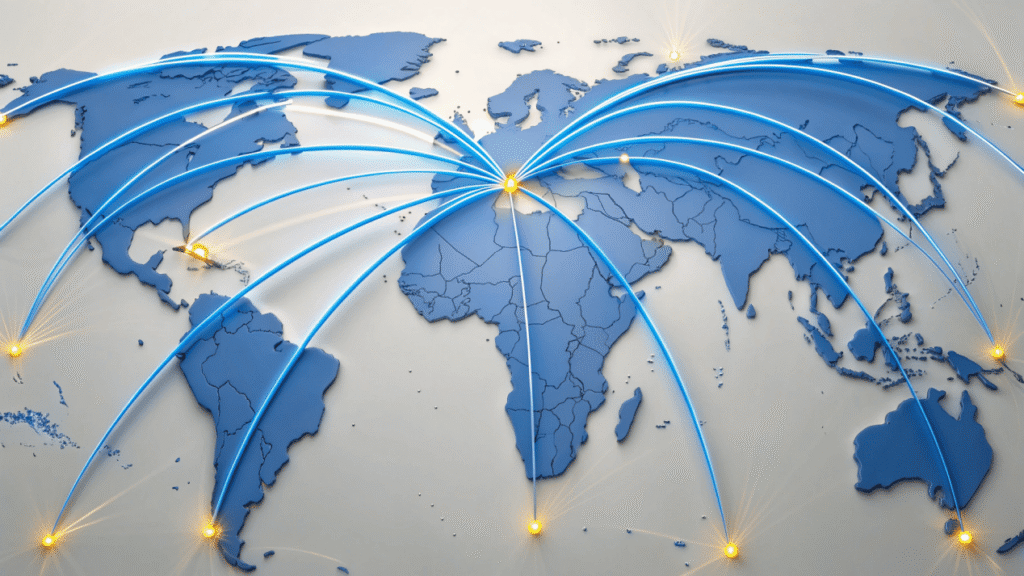Your brand is expanding, but local cup suppliers are too expensive. Global sourcing seems complex and risky, holding your business back. Let me share my strategy.
To source coffee cups globally, choose a manufacturing hub1 like China for cost and quality. Manage currency risk2, use sea freight3 for large orders, and partner with a supplier who has global quality certifications4 like FDA and BRC.
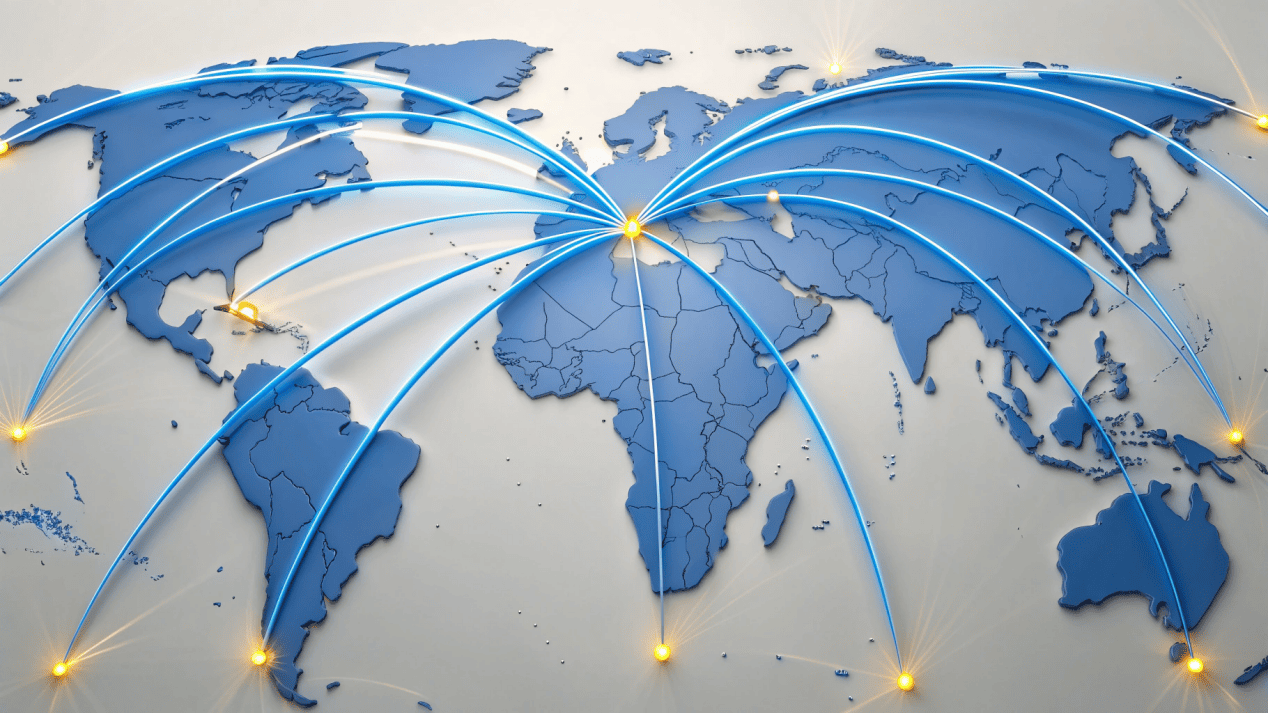
As your coffee brand grows, your supply chain has to grow with it. Buying locally might not work anymore. Stepping onto the global stage opens up huge opportunities for savings and scale, but it also brings new challenges. For over 21 years, I have not just made cups; I have built global supply chains for partners in over 80 countries. I live this world every day. Here is my strategic guide to sourcing coffee cups5 successfully on a global scale.
Where Are the Best Regions to Source Paper Cups From?
You need a supplier, but different regions offer different benefits. Choosing the wrong one can cost you time and money. Let me break down the global map.
China is the leader for high-volume manufacturing, offering the best balance of cost, quality, and supply chain maturity6. Southeast Asia is emerging but less consistent. Europe and North America offer proximity but at a much higher cost.
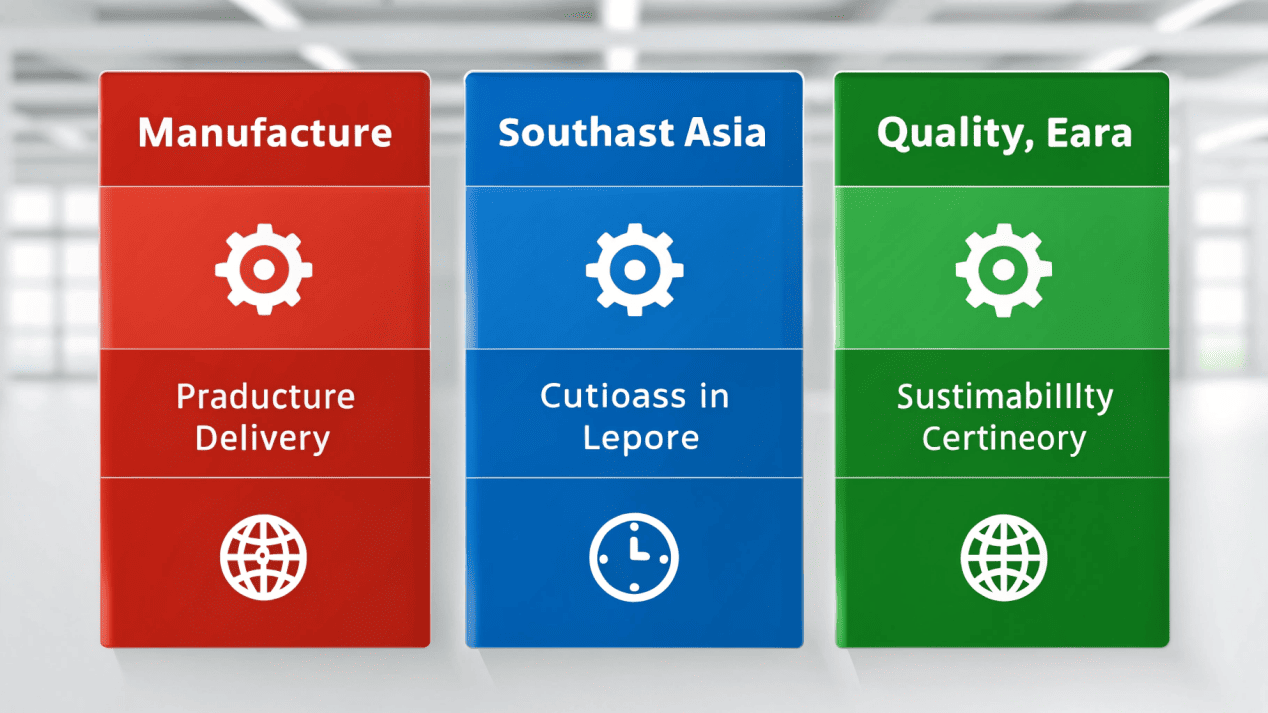
Knowing the strengths of each region is the first step to finding the right fit for your business. In my experience, the manufacturing world is not created equal. As a manufacturer based in Wuhan, the heart of China's industrial hub, I have a front-row seat to these global dynamics.
Key Manufacturing Hubs
- China (The Powerhouse): This is still the undisputed leader for making paper products in large volumes. We have unmatched economies of scale and a fully developed supply chain, from the paper mills to the ports. This leads to competitive pricing and consistent quality. This is the best choice for businesses looking for the optimal balance of cost, quality, and reliability.
- Southeast Asia: This region is growing quickly. The labor costs can be competitive. However, the supply chain is less mature than in China. This can lead to longer wait times and less consistency in raw materials.
- Europe & North America: These regions have excellent manufacturers, but they mostly serve their local markets. Their operational costs are much higher, which means a higher price per cup. They are less competitive for large-scale sourcing.
| Region | Primary Strength | Key Consideration | Best For |
|---|---|---|---|
| China | Cost, Scale, Quality | N/A | Businesses seeking value and reliability. |
| Southeast Asia | Low Labor Cost | Less Mature Supply Chain | Price-focused, simple products. |
| Europe/N. America | Proximity (Local) | High Unit Cost | Niche, local brands with a high budget. |
How Do Currency Fluctuations Affect My Sourcing Costs?
You received a great quote for your cups. But when it is time to pay, a currency swing makes them more expensive. Let me explain how to prevent this.
Most trade is in USD. If your local currency weakens against the dollar, your final cost increases. You can manage this risk with fixed-price agreements7 or by working with an experienced global supplier who helps you budget with stable pricing.
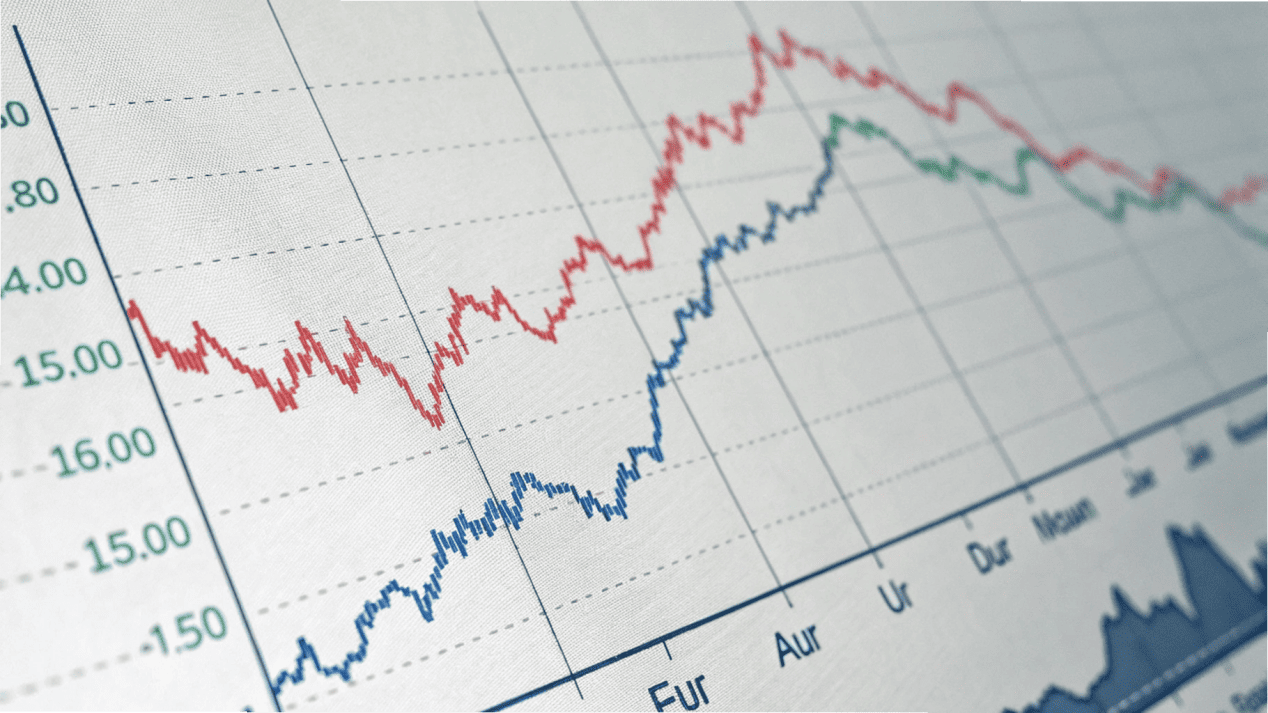
Buying internationally means you have to deal with foreign exchange rates. A small change in the currency can turn a profitable order into a loss. I have seen it happen, and it is a painful lesson for any business owner.
The Impact
Most international trade8 in our industry happens in U.S. Dollars (USD). Let me give you a real-world example. Imagine you place a $50,000 order. Between the time you place the order and the time you pay, your local currency weakens by 5% against the USD. That means the effective cost for you just went up by $2,500. That money comes directly out of your profit.
How to Manage It
You are not helpless against these changes. An experienced global partner will help you manage this risk.
- Fixed-Price Agreements: You can work with us on a long-term contract. By committing to a certain volume over a year, we can often negotiate a fixed USD price. This gives you budget certainty.
- The Right Partner: An experienced supplier understands this volatility. At Haokelao Packaging, we work with our clients to create clear, stable pricing structures so you can plan your finances with confidence.
What Is the Best Way to Ship My Cups Internationally?
Your cups are produced and ready to go. But now you have to ship them across the world. The wrong choice can be too slow or too expensive.
Sea freight is the most cost-effective option for large, planned orders, taking 25-45 days. Air freight is much faster, arriving in 7-10 days, but is significantly more expensive. It is best for urgent, small top-up orders.
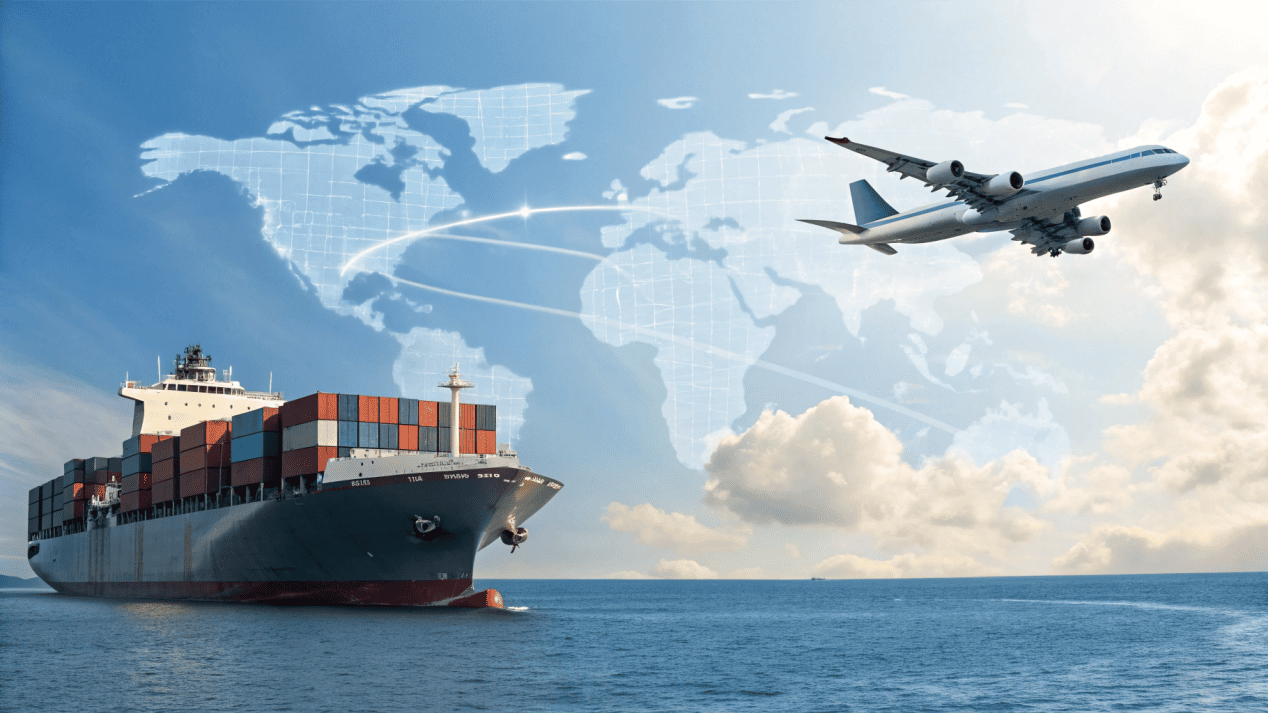
Getting your products from our factory floor in China to your warehouse is a critical step. The choice is a classic trade-off between speed and cost. I help my clients make the right choice every day based on their specific needs.
Sea Freight (Ocean Freight)
This is the backbone of global trade. It is by far the most cost-effective way to ship large quantities. The shipping cost per cup is very small. The downside is speed. It can take from 25 to 45 days for the ship to reach your port. This is the perfect option for large, planned orders. About 95% of our clients use sea freight3.
Air Freight
This is the express option. It is extremely fast, with delivery usually in 7 to 10 days. However, it is much more expensive than sea freight3, sometimes 5 to 10 times the price. Air freight is best for very urgent or small top-up orders. I have clients who use it if they have a tight deadline for a new store opening or a special promotion. Our logistics team9 manages the entire process for you and provides transparent tracking every step of the way.
How Do I Ensure Quality When My Supplier Is Overseas?
You have placed a large order from an overseas supplier. But you worry about getting a container of low-quality cups. Let me show you how we guarantee quality.
Ensure quality by partnering with a supplier holding global certifications like FDA and BRC. They should control raw material traceability10, have multi-stage quality control checks11 during production, and provide a final pre-shipment inspection report for your approval.
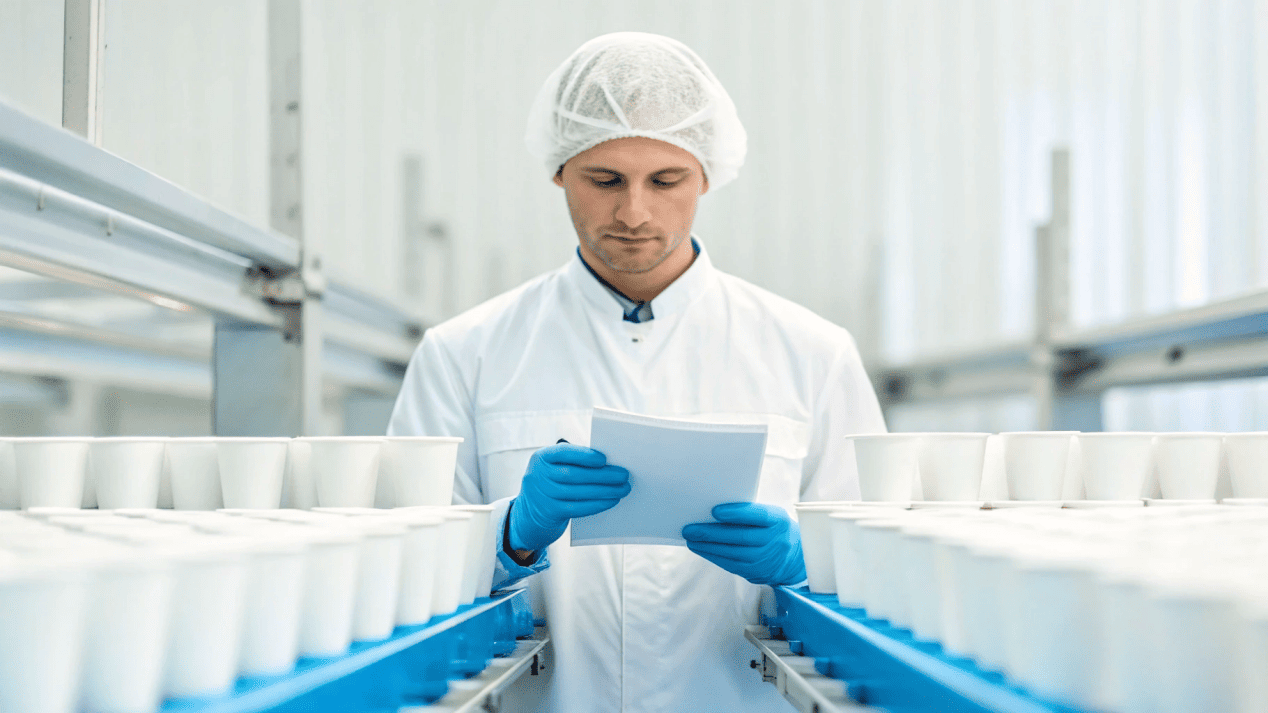
How can you be sure that the cups arriving in your warehouse are the exact quality you approved thousands of miles away? This is the most important question, and it is where a supplier's true character is revealed.
Our System for Guaranteed Quality
- International Certifications: This is your first line of defense. A reputable supplier must have globally recognized certifications. We proudly hold FDA (for U.S. food contact safety), BRC (a global food safety standard), and ISO 9001 (for quality management). These are not just logos; they are proof of our serious commitment.
- Material Traceability: We control our raw materials directly. We use only 100% food-grade virgin pulp from certified sources. I can trace the paper in your cup all the way back to the mill it came from.
- Multi-Stage Quality Control: Quality is not just checked at the end. My in-house QC team inspects at every single stage: when raw materials arrive, during printing, during cutting, during cup formation, and during final packing.
- Pre-Shipment Inspection (PSI): Before we seal your container, a final, random inspection is done. We provide a detailed report with photos to our clients, so you have complete transparency and peace of mind before it even leaves my factory.
Conclusion
Global sourcing transforms your cup purchasing into a powerful strategic advantage. It requires a partner with the experience, infrastructure, and integrity to navigate it successfully for your brand.
Explore this link to understand the advantages of different manufacturing hubs for sourcing coffee cups. ↩
Learn effective strategies to manage currency risk and protect your profits in international trade. ↩
Discover why sea freight is the most cost-effective option for large orders and how it can save you money. ↩
Find out which certifications ensure product quality and safety in global sourcing. ↩
Learn effective strategies for sourcing coffee cups on a global scale to enhance your business. ↩
Understand the importance of supply chain maturity in choosing the right supplier for your business. ↩
Explore how fixed-price agreements can provide budget certainty and protect against currency fluctuations. ↩
Explore the critical factors that influence successful international trade and sourcing strategies. ↩
Understand the critical role of a logistics team in ensuring smooth global sourcing operations. ↩
Understand the significance of raw material traceability for maintaining product quality and safety. ↩
Discover essential quality control practices to ensure the products meet your standards. ↩
